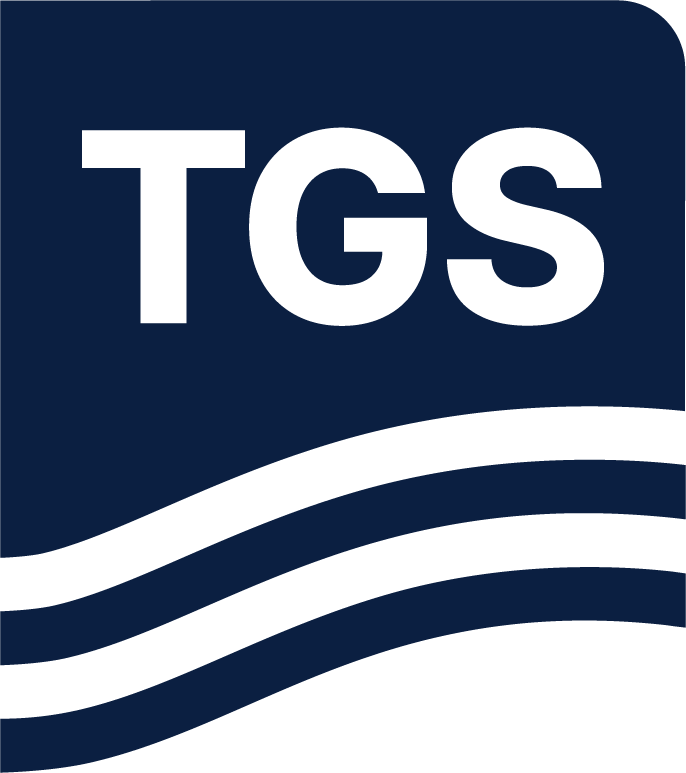Paper Summary
For traveltime data, it is known that lateral heterogeneity can manifest itself as anisotropy (Grechka, 1998; Grechka and Pech, 2006), potentially distorting inversion and interpretation of derived medium properties. Jenner (2008) modelled lateral velocity variations less than the scale of a CMP spread and concluded that the distortions in effective NMO ellipses are not suppressed by Dix-type conversion to interval NMO ellipses. In addition, this modelling also demonstrated that a particular azimuthal velocity anomaly observed in field data could potentially be explained solely by lateral velocity variations in an isotropic overburden. A characteristic of isotropic models containing lateral heterogeneities was that effective (RMS) and interval NMO ellipses were highly correlated and displayed similar patterns as the lateral heterogeneities, even when those heterogeneities were quite complex.
In azimuthal velocity analysis, regions of anomalous azimuthal NMO magnitude and/or direction are often of most interest to the interpreter, and many authors have indeed shown strong variations in azimuthal anisotropy (e.g., Cardona et al., 2003; Xiang-Yang et al., 2003; Al-Marzoug et al., 2006; Sun et al., 2006; Wang et al, 2007). Even in areas of relatively mild lateral velocity variations, laterally heterogeneous anisotropy cannot always be expected to be confined to the target interval. Mechanisms that produce lateral variations in anisotropy, such as changes in horizontal stress due to basement faulting, can be expected to operate over a wide range of depths. So it can be seen that the nature of the anisotropy may vary as the lithology and structural setting changes.
This paper investigates the azimuthal NMO response for models that contain combinations of both laterally heterogeneous anisotropy and laterally heterogeneous vertical velocity. In general the effective azimuthal NMO signatures are more complicated than the simple case of a single isotropic but laterally heterogeneous layer. However, in the case of two layers exhibiting horizontal transverse isotropy (HTI) and containing lateral variations in anisotropy but not in vertical velocity, the laterally varying anisotropy is recovered in both intervals. This situation might occur, for instance, in the case of vertical, aligned cracks varying in crack density in a homogeneous background medium. On the other hand, when the overburden contains either isotropic lateral velocity variations, or lateral variations in vertical velocity in an HTI medium, the heterogeneity causes distortions in the interval NMO ellipses at subsequent HTI layers. In this case the overburden heterogeneity must be accounted for in the analysis of azimuthal anisotropy.

